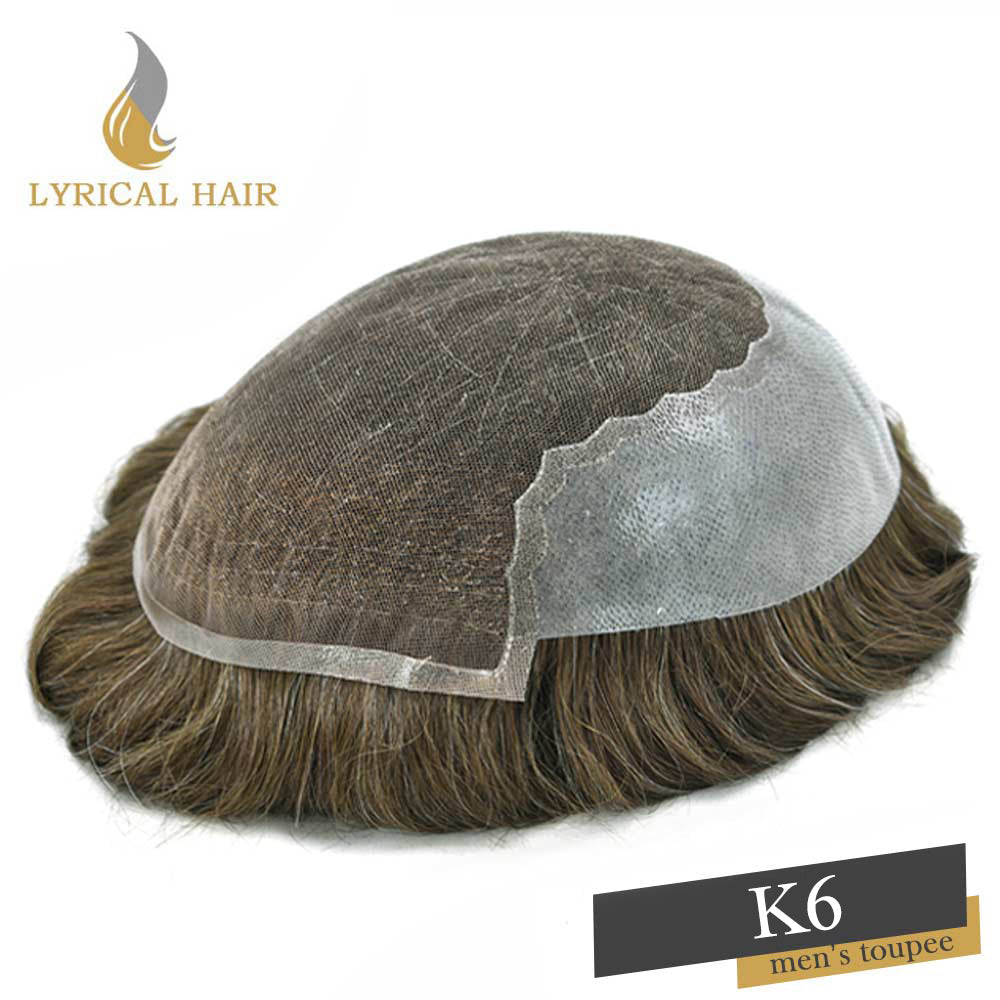
Hair Systems for Men: A Comprehensive Guide to Modern Solutions for Hair Loss
For men experiencing hair loss, modern hair systems offer a versatile, non-surgical solution to restore confidence and a natural appearance. Below is a detailed guide to understanding, selecting, and maintaining hair systems tailored to individual needs.
1. What Are Hair Systems?

Hair systems, also known as hairpieces, wigs, or toupees, are custom-made or pre-designed hairpieces designed to cover balding or thinning areas. Unlike traditional wigs, modern hair systems are lightweight, breathable, and virtually undetectable when properly fitted.
-
Types of Hair Systems:
- Lace Front Systems: Natural-looking hairline with a sheer lace base.
- Skin Base Systems: Ultra-thin, flexible base for a seamless appearance.
- Monofilament Systems: Breathable mesh base with individually tied hairs for a realistic scalp effect.
- Hybrid Systems: Combines lace, skin, or monofilament for durability and realism.
2. Benefits of Modern Hair Systems
- Non-Surgical & Non-Invasive: No need for hair transplant surgery or medications.
- Instant Results: Immediate improvement in appearance.
- Customizable: Match hair color, texture, density, and style to your preferences.
- Low Maintenance: Modern materials require less upkeep than older wig designs.
- Reversible: Can be removed or replaced as needed.
3. How to Choose the Right Hair System

A. Assess Your Hair Loss Pattern
- Determine the extent of balding (e.g., receding hairline, crown thinning, or full baldness).
- Consider whether you need a partial or full hairpiece.
B. Select the Right Base Material
- Lace: Best for a natural hairline but requires more care.
- Skin (Polyurethane): Durable and easy to attach but less breathable.
- Monofilament: Ideal for a realistic scalp appearance.
C. Match Hair Quality & Style
- Human Hair: More natural-looking but higher maintenance.
- Synthetic Hair: Low-maintenance, pre-styled, and more affordable.
- Color & Texture: Choose a shade and wave pattern that matches your existing hair.
D. Consider Attachment Methods
- Adhesives (Glue/Tape): Long-lasting but may irritate sensitive skin.
- Clips/Combs: Temporary and easy to remove.
- Hybrid Attachments: Combines adhesives and clips for security.
4. Maintenance & Care Tips
- Washing: Use sulfate-free shampoos and conditioners designed for hair systems.
- Styling: Avoid excessive heat (use low-temperature styling tools).
- Storage: Keep on a wig stand to maintain shape.
- Regular Maintenance: Visit a professional every 4–6 weeks for cleaning, reattachment, and styling.
5. Common Misconceptions Debunked
- ❌ "Hair systems look fake." → Modern designs are nearly indistinguishable from natural hair.
- ❌ "They’re uncomfortable." → Proper fitting ensures comfort.
- ❌ "They’re high-maintenance." → Synthetic systems require minimal upkeep.
6. Cost Considerations
- Budget Options: Synthetic hair systems (800).
- Premium Options: Human hair systems (3,000+).
- Ongoing Costs: Adhesives, cleaning products, and professional maintenance.
7. When to Consult a Professional

- If unsure about style, fit, or attachment methods.
- For custom hairpieces tailored to your head shape and hair loss pattern.
- To learn proper maintenance techniques.
Conclusion
Modern hair systems offer a practical, affordable, and natural-looking solution for men dealing with hair loss. By selecting the right type, material, and attachment method, and maintaining it properly, you can enjoy a full head of hair with confidence.
Final Recommendation: Start with a consultation from a reputable hair replacement specialist to explore the best options for your needs.
